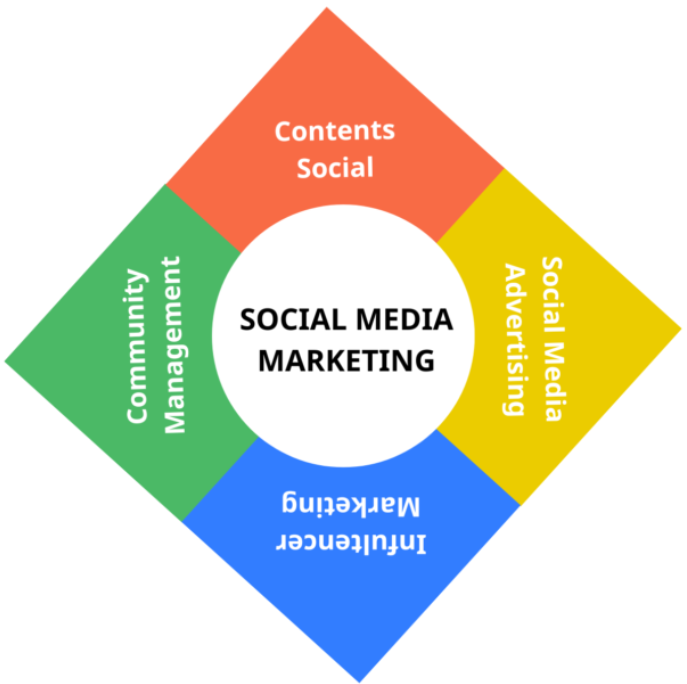
Utilizing Augmented Reality in Social Media Campaigns: Revolutionizing Engagement and Branding
Introduction: The Rise of Augmented Reality in Social Media
In today's digital landscape, staying ahead of the competition requires innovation and creativity. Augmented Reality (AR) has emerged as a powerful tool in social media campaigns, offering immersive and interactive experiences that captivate audiences.
As AR technology continues to evolve, brands are increasingly incorporating it into their marketing strategies to create more engaging and memorable interactions. This article explores the benefits of using AR in social media campaigns, provides examples of successful implementations, and offers best practices for leveraging this cutting-edge technology.
The Benefits of Augmented Reality in Social Media Campaigns
- Enhanced User Engagement:AR enables brands to create interactive experiences that resonate with users. Instead of passively scrolling through content, users can engage with AR features, such as filters, lenses, or virtual try-ons. This level of interactivity encourages longer time spent on the content, ultimately leading to higher engagement rates.
- Improved Brand Recall and Awareness:By offering unique and memorable experiences, AR helps brands stand out in a crowded social media space. Users are more likely to remember and share content that offers an immersive experience, leading to increased brand awareness and recall.
- Personalized Customer Experiences:AR allows brands to tailor experiences to individual users, creating a personalized connection. For example, virtual try-ons for fashion brands or home decor simulations enable users to see how products will look on them or in their environment. This personalized touch enhances customer satisfaction and can drive conversions.
- Increased Viral Potential:The novelty and shareability of AR content make it highly likely to go viral. When users interact with an engaging AR feature, they are often compelled to share it with their network, amplifying the campaign's reach and impact.
- Cost-Effective Marketing Tool:While AR might seem like a high-tech solution, it can be surprisingly cost-effective. Many social media platforms, like Instagram and Snapchat, offer built-in AR tools that brands can leverage without the need for extensive development resources. This makes AR accessible to businesses of all sizes.
Examples of Successful AR Social Media Campaigns
- IKEA's Place App:IKEA's AR app allows users to virtually place furniture in their homes using their smartphone camera. By integrating this feature into social media platforms, IKEA enables users to share their virtual setups with friends and followers, driving both engagement and brand awareness.
- Gucci's AR Sneaker Try-On:Gucci's AR feature on Snapchat and Instagram lets users virtually try on their sneakers. This innovative approach not only enhances the shopping experience but also encourages users to share their looks, creating a buzz around the brand.
- Disney's AR Filters:Disney has successfully used AR filters on Instagram to promote movies and merchandise. For instance, the "Frozen II" filter allowed users to transform into their favorite characters, driving user-generated content and increasing anticipation for the movie's release.
- L’Oréal’s Makeup Genius:L’Oréal’s Makeup Genius app, integrated with social media platforms, allows users to try on makeup virtually. This AR tool has been a game-changer in the beauty industry, offering a fun and practical way to experience products before purchasing.
Best Practices for Implementing AR in Social Media Campaigns
- Align AR Features with Brand Goals:Before diving into AR, it's crucial to ensure that the technology aligns with your brand's goals. Whether you're aiming to increase engagement, drive conversions, or boost brand awareness, your AR campaign should be strategically designed to meet these objectives.
- Keep the User Experience in Focus:While AR is a powerful tool, it's essential not to overwhelm users with overly complex features. The experience should be intuitive, enjoyable, and add value to the user's interaction with your brand. A seamless and user-friendly AR experience is more likely to be shared and appreciated.
- Leverage Platform-Specific AR Tools:Social media platforms like Instagram, Snapchat, and TikTok offer built-in AR tools that can be customized to fit your campaign. Utilizing these platform-specific tools ensures compatibility and can save development time and costs.
- Encourage User-Generated Content:One of the strengths of AR is its ability to encourage user-generated content. Create AR experiences that users will want to share with their network. Whether it's through branded filters, virtual try-ons, or AR games, encouraging users to create and share content amplifies your campaign's reach.
- Monitor and Optimize Performance:As with any digital marketing strategy, it's important to monitor the performance of your AR campaigns. Use analytics to track engagement, shares, and conversions, and be prepared to optimize your strategy based on the data. Continuous improvement is key to maximizing the impact of AR in your social media efforts.
Conclusion: The Future of AR in Social Media Marketing
As AR technology continues to advance, its integration into social media marketing will become even more prevalent. Brands that embrace AR early on will be well-positioned to create memorable and impactful campaigns that resonate with their audience. By understanding the benefits of AR, learning from successful examples, and following best practices, you can harness the power of AR to elevate your social media strategy and drive business growth.
In a world where consumers are bombarded with content, AR offers a unique way to cut through the noise and create genuine connections with your audience. As social media platforms continue to evolve, AR will undoubtedly play a crucial role in shaping the future of digital marketing.